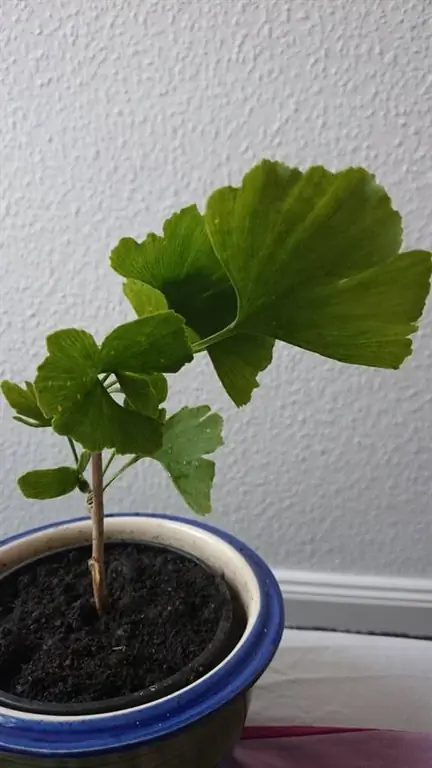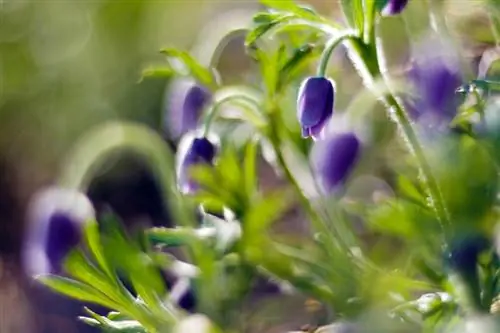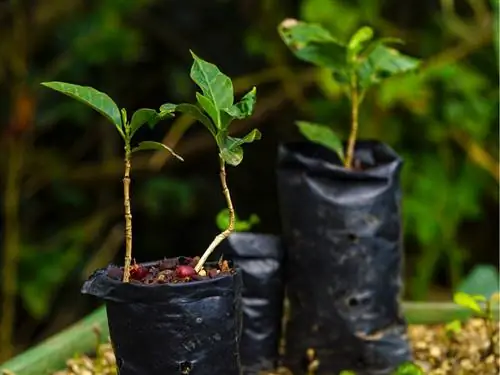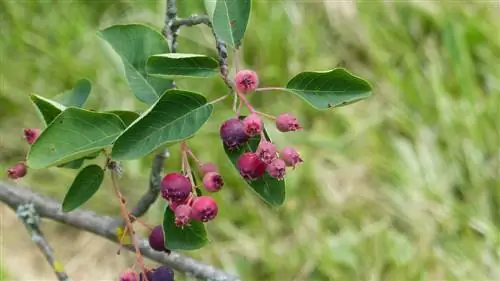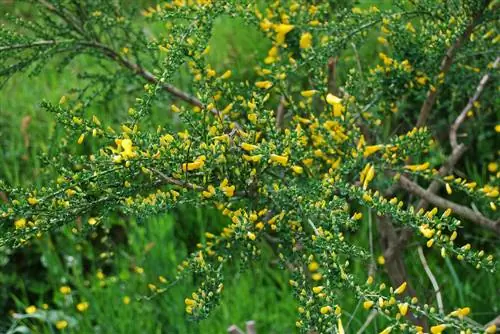- Author admin [email protected].
- Public 2023-12-16 16:46.
- Last modified 2025-01-23 11:21.
Every gardener surely enjoys growing his own young plants. At least he shows skill and patience. However, if you want to grow a ginkgo from a cutting, you need a lot of patience and lots of cuttings.
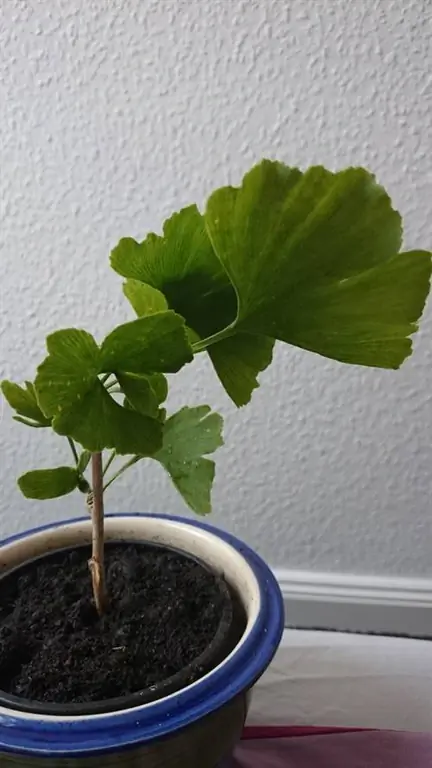
How do I successfully grow a ginkgo cutting?
To successfully grow a ginkgo cutting, cut off a 20-30 cm long shoot in June or July just before woodiness, remove the lower leaves and soft shoot tip, stick the shoot in rooting powder and moist Growing substrate and keep it warm, light and evenly moist.
Even under the best conditions, only about a third of the cuttings planted root. So the success rate is quite low. But don't let that put you off. This type of propagation is definitely worth a try and is much faster than sowing, as the ginkgo has a long germination time and only grows slowly.
Where can I get suitable cuttings?
It is best to cut your cuttings from a he althy and well-grown ginkgo. Take shoots that are just starting to become woody, i.e. are no longer completely soft but not really hard either. Soft shoots that are too young rot easily, while hard, woody cuttings root very poorly. The chance of finding suitable shoots is greatest in June or July.
The cultivation in brief:
- Cuttings are best cut shortly before woodiness
- approx. 20 to 30 cm long
- close under a knot
- cut off soft shoot tip
- remove lower leaves
- Dip shoot in rooting powder
- insert into moist growing substrate
- warm and bright
- keep constantly moist
How do I care for a small ginkgo?
Until your cutting becomes a small ginkgo, it needs some attention and care. You can make it a little easier for him to form strong roots with rooting powder (€8.00 on Amazon). Nevertheless, it absolutely needs light, warmth and constant moisture to thrive.
However, your cutting should not be placed in the blazing sun as it could burn. If the first new leaves grow on your ginkgo, then you can assume that the rooting was successful. The ginkgo is not yet hardy in its first winter; it will only become so over time.
Tip
Be sure to protect the sensitive cuttings from rot and mold formation. They also need consistent heat and moisture to root.

